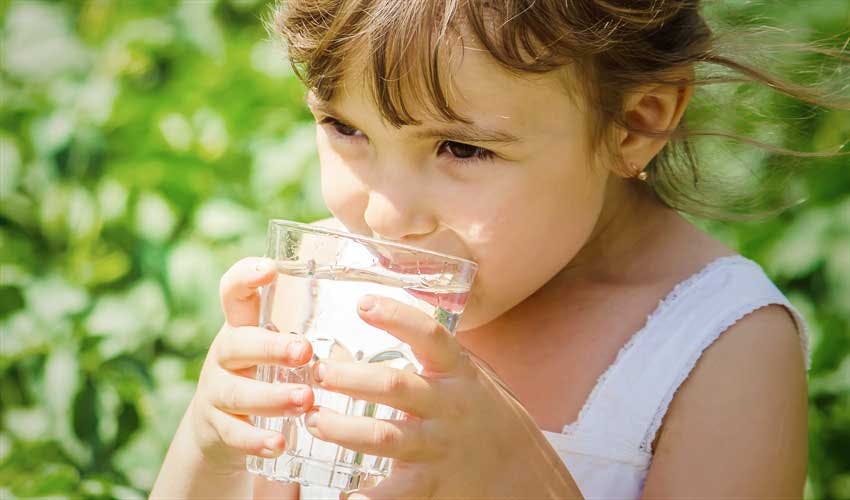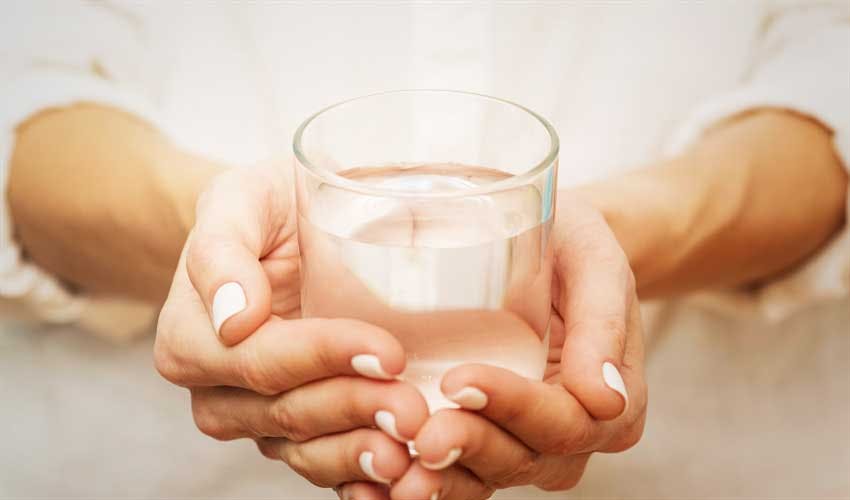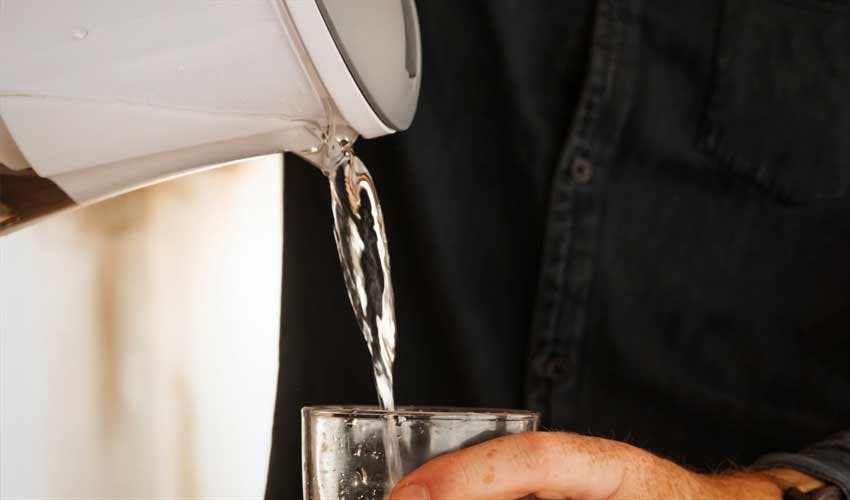Water in itself is simple enough. It’s basically made up of one oxygen atom and two hydrogen atoms, a remarkably straightforward chemistry but one of life’s basic building blocks. Despite water being something simple and life-giving, the question of which form of water is better to drink can become quite a complicated topic. Some people prefer filtered water, while others like water to be purified first before drinking it. Let’s try to settle this argument by laying down the facts for you.

What is Filtered Water?
Filtered water is what you’re most likely to find in a grocery store. It is typically sourced from municipal tap water, which is then run through carbon filters and other filtration material to remove the chlorine and other trace elements left in the water. It’s basically just tap water, but is then run in a filter to further remove any contaminants in it. After filtration is done, the water is ozonated and bottled. In the case of home water filter systems, it allows people to drink straight from their faucet without worrying about any harmful chemicals or substances in it due to the filter.

What is Purified Water?
Purified water goes through a similar process as filtered water, but with a few added steps that makes the end product far purer than other filtering methods. Most people think of purified water as water coming from an uncontaminated source or somewhere where water is practically free from any chemicals or substances. The truth is, it’s not the source of the water that makes purified water great. It’s actually the purification methods used.

Water Purification Process
As the name suggests, purified water is just water in its purest form. But in order to achieve that level of purity, it needs to undergo a rigorous process that will eliminate all the impurities to produce pure, untainted water that’s safe to drink and consume. This process involves several different stages, and will vary depending on the system used. Generally speaking, the process involves the following steps:
- Ion Exchange and Coagulation - This is the first step of the purification process and involves the removal of minerals that form hard water. Some heavy metals like iron are also separated through this procedure. The water can come from practically any source like municipal water, spring water, etc.
- Sedimentation - The water will then go through a sedimentation process. This involves the use of sediment filters to trap dirt particles.
- Filtration and Granular Activated Carbon - Here, water is passed through layers of sand, charcoal, and other materials to filter impurities even further. Carbon filtration is also implemented to eliminate herbicides, chlorine, and other pollutants.
- Disinfection - After filtration, the water is moved into a closed tank and is then bombarded with ultraviolet lights. This acts as a sterilising agent, killing any microorganisms that are still present in the water.
- Reverse Osmosis - Finally, the water will undergo reverse osmosis before it reaches a storage tank for bottling or directly to your home. The process involves the use of a semipermeable membrane that can remove any leftover impurities. This includes the dissolved contaminants that may have been missed in the previous stages. Some companies even add a sweet taste to the water to make it more pleasant when drinking.

Conclusion
The process of purification is quite complex but very effective in turning ordinary tap or municipal water into pure and safe drinking water. If you’re concerned about what you’re drinking, you can have your own water purification system installed in your home to give you the peace of mind you deserve.
Trust ecobud® to help you drink water the healthy way. Our brand, ecobud® specialises in creating environmentally friendly products like water filter jugs, purification systems, and reusable water bottles designed to help you improve your overall health. Visit our store page to shop for our products today!